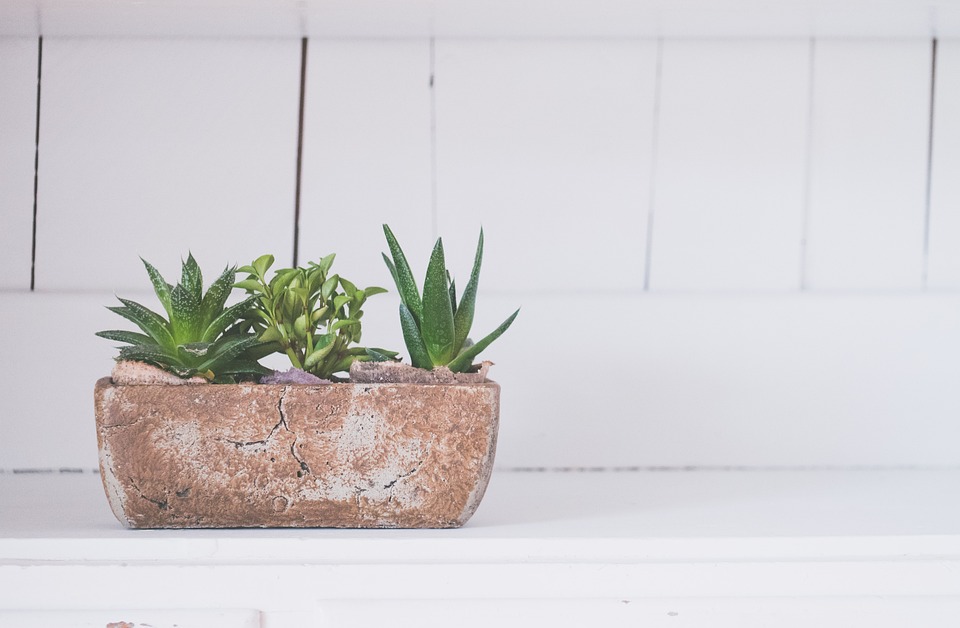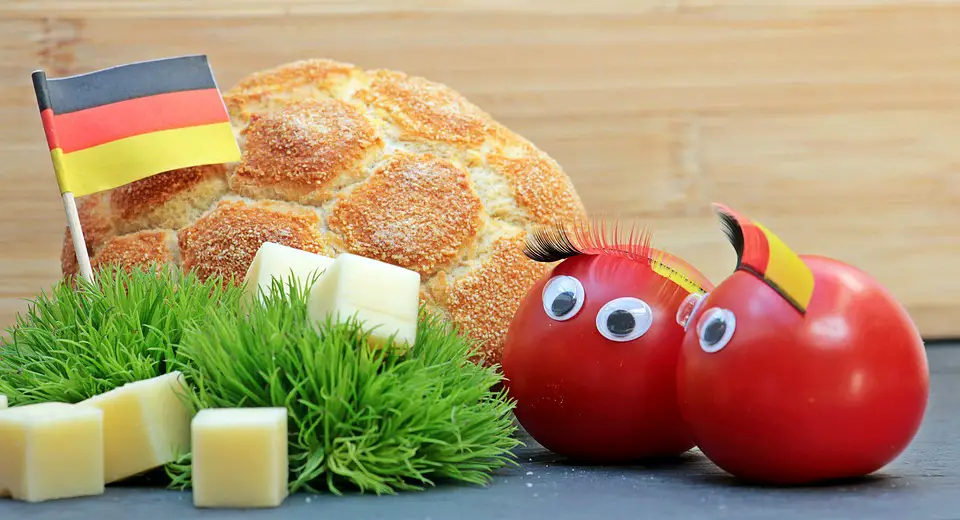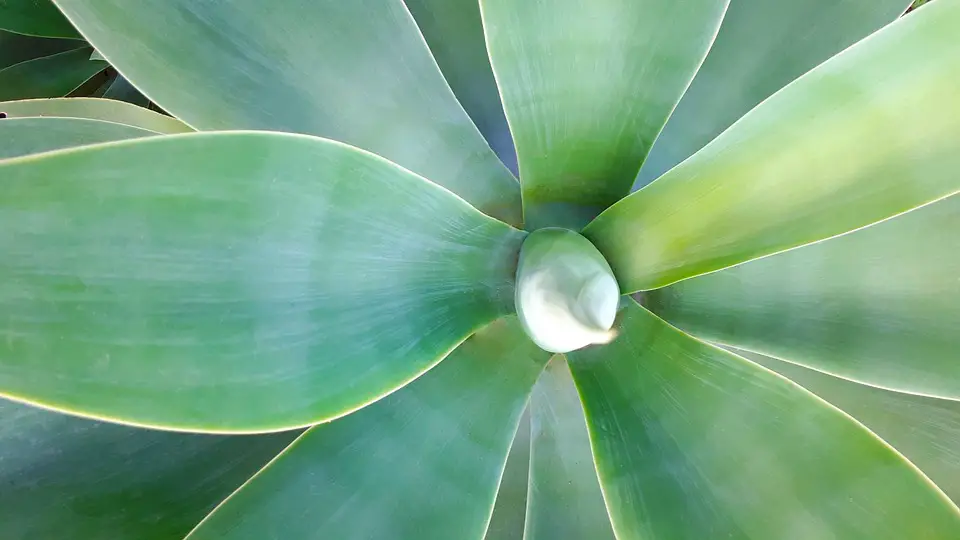Introduction
Having an indoor garden can bring life and vibrancy to any living space. Not only do plants provide aesthetic beauty, but they also have numerous health benefits for the inhabitants. However, many people struggle to keep their indoor plants healthy and flourishing. In this article, we will explore the secrets to thriving plants indoors, along with some useful tips and tricks to help you create and maintain a successful indoor garden.
Choosing the Right Plants for Indoors
One of the first steps in creating a thriving indoor garden is selecting the appropriate plants for your space. Not all plants thrive indoors due to various factors such as lighting conditions, temperature, and humidity. Opt for plants that are known to do well indoors, such as spider plants, pothos, snake plants, and peace lilies. These varieties are low-maintenance and can tolerate a range of indoor conditions.
Providing Adequate Lighting
Proper lighting is essential for indoor plants to thrive. Most indoor plants require bright, indirect light to sustain healthy growth. Place your plants near windows or in well-lit areas of your home without exposing them to direct sunlight, as it can scorch the leaves. If your home lacks sufficient natural light, consider using artificial grow lights specifically designed for indoor plants.
Watering Techniques
Watering is a crucial aspect of indoor plant care. It’s important to strike a balance between underwatering and overwatering. Before watering, check the moisture level of the soil by inserting your finger to the first knuckle. If it feels dry, it’s time to water your plants. Use room temperature water and ensure the water drains freely through the pot’s drainage holes. Avoid leaving your plants sitting in stagnant water, as this can lead to root rot.
Creating a Suitable Environment
Along with proper lighting and watering, creating the right environment is key to ensure your indoor plants thrive. Most indoor plants prefer temperatures between 60°F and 75°F (15°C – 24°C). Avoid placing your plants near drafts or heating/cooling vents, as these can cause temperature fluctuations that may harm your plants. Additionally, maintaining suitable humidity levels is important for certain plants. Consider using a humidifier, grouping plants together to increase humidity, or misting their leaves regularly.
Fertilizing Indoor Plants
Indoor plants generally require less fertilizer compared to their outdoor counterparts. Use a balanced, water-soluble fertilizer specifically formulated for indoor plants and follow the product instructions for dosage and frequency. Over-fertilizing can lead to salt buildup in the soil, damaging the plant roots. Remember to fertilize your plants during their active growth periods, typically in spring and summer, and reduce or cease fertilization during the dormant winter months.
Pest Prevention and Treatment
Pests can be a menace to indoor plants and can quickly deteriorate their health. Regularly inspect your plants for signs of pests such as aphids, mealybugs, or spider mites. If you notice any infestations, isolate the affected plant and take appropriate action depending on the pest. Using natural remedies like neem oil or soapy water can often effectively control minor infestations. For severe infestations, you may need to use commercial insecticides. Keep a close eye on your plants to prevent pests from spreading to neighboring plants.
1. How often should I water my indoor plants?
The frequency of watering depends on various factors such as plant type, pot size, and environmental conditions. As a general guideline, most indoor plants do well with watering once the top inch of soil feels dry to the touch. However, it’s important to monitor your plants individually and adjust the watering frequency accordingly.
2. Can I use tap water for my indoor plants?
It depends on the quality of your tap water. Some tap water contains high levels of minerals that can accumulate in the soil over time, leading to nutrient imbalances and affecting plant health. Consider using filtered or distilled water if your tap water quality is a concern, or let tap water sit overnight to allow chlorine to evaporate before use.
3. How do I prevent my indoor plants from becoming leggy?
Leggy growth occurs when plants receive insufficient light. To prevent legginess, ensure your plants receive adequate indirect light. Rotate them regularly to promote even growth and prune back any long, weak stems to maintain a compact shape. If necessary, supplement with artificial grow lights to provide additional light intensity.
4. Can I place my indoor plants in the bathroom?
The bathroom can serve as an ideal environment for certain plants due to the higher humidity levels often present. However, it’s vital to consider the specific lighting conditions in your bathroom. If it receives limited natural light, choose plants that can thrive in low-light conditions, such as ferns or pothos. Additionally, make sure there is proper ventilation to prevent mold growth and excess moisture.
5. How can I revive a dying indoor plant?
If your indoor plant looks sickly, it’s essential to assess its conditions and address the potential causes. Check for signs of overwatering or underwatering, adjust watering accordingly, and ensure proper drainage. Inspect for pests and treat them promptly if detected. Consider adjusting the lighting conditions or relocating the plant to a more suitable place. Sometimes, despite your best efforts, a plant may be too far gone to revive, and it might be time to replace it with a healthy new one.




